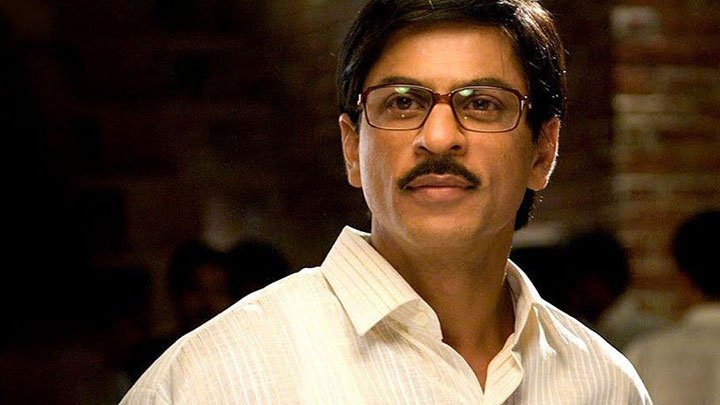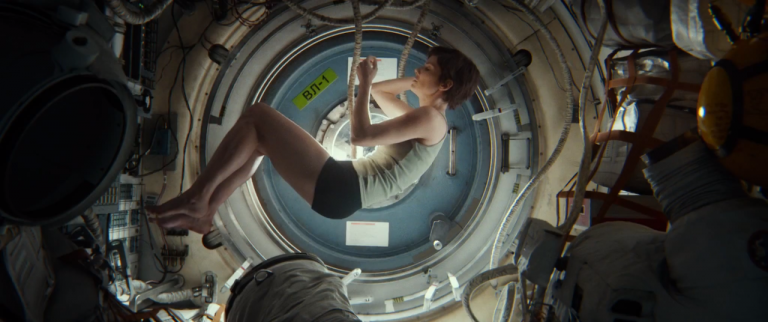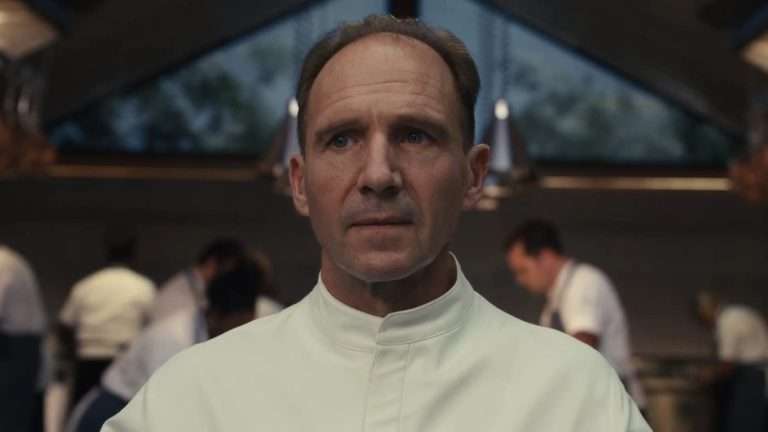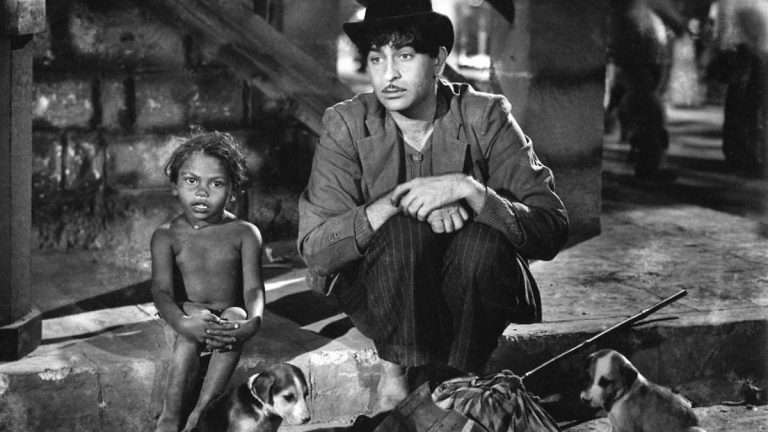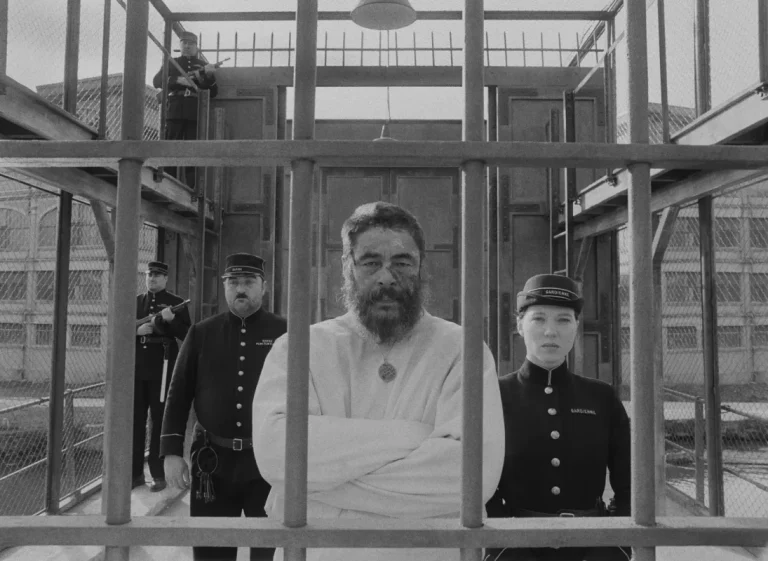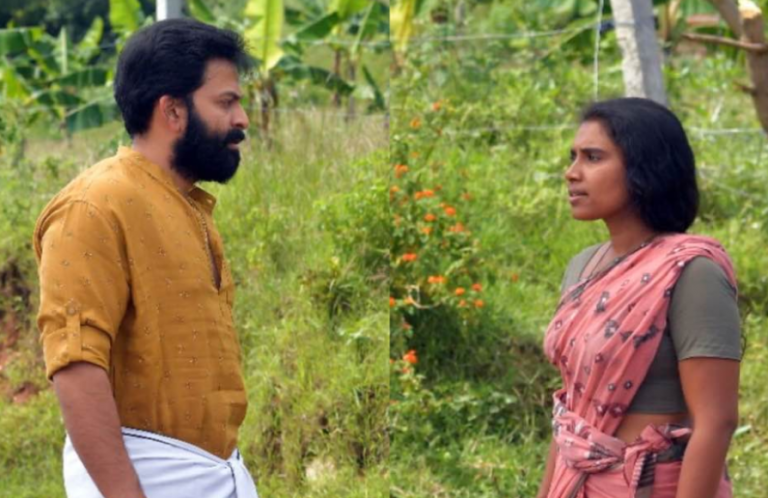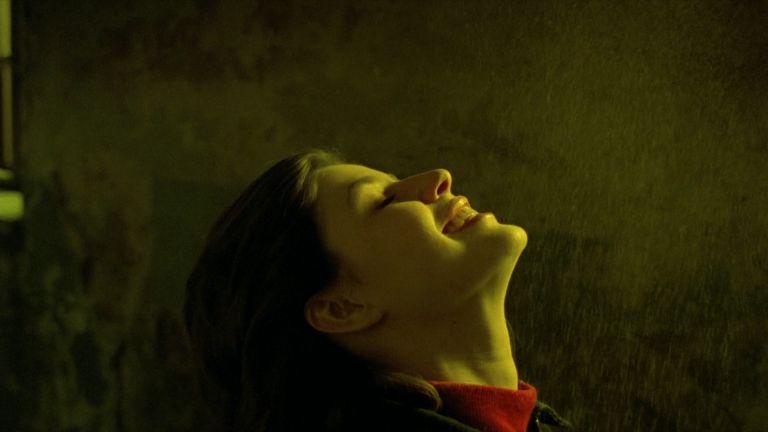How Aditya Chopra Created & Dismantled The On-Screen Persona of SRK’s Raj: Ever since the opening of the Indian economy in the 90s, the Bollywood diaspora has represented a substantial market for films whose characters are a definition of the cultural identity galvanized by the nascent wave of globalization.
And when lovebirds Raj Malhotra and Simran Singh fell in love against the postcard-perfect backdrop of Switzerland in the 90s, it gave the Indian youth of the time a way of vicariously experiencing their love in a way they hadn’t up until that point.
With the recent release of “The Romantics,” Netflix India gave fans of Bollywood one of the most informative documentaries that actually delved into the intricacies of the world’s largest movie-producing industry. It’s all the more satisfying because it’s echoed through a studio’s legacy that has become synonymous with the genre the industry’s most famously known to conquer for decades.
What I found most fascinating was seeing exclusively rare interviews from the reclusive head of YRF Studios, Aditya Chopra. The second episode quirkily refers to him as ‘the prodigal son.’ Still, I couldn’t help thinking about how he had lived up to Yash Chopra’s glorious legacy and reinforced it through a voice that promised to be much more self-reflexive.
Back during Shah Rukh Khan’s 57th birthday last November, theaters across India re-released his 1995 classic hit “Dilwale Dulhania Le Jayenge.” I had the fortunate chance of experiencing the film in a fully crowded theater, a rare sight where I witnessed people from different age groups come to cherish memories of a film that never really left the theater. However, after this wholesome experience, I noticed some striking parallels and deviations between two of Aditya Chopra’s most well-known films that starred SRK in the lead role.
When Shah Rukh Khan gave us Raj Malhotra in “Dilwale Dulhania Le Jayenge” in 1995, nobody thought his infectiously charismatic screen avatar would become Bollywood’s poster boy for romance. With scattered hair and a mandolin in hand, he was unlike any lover boy Hindi cinema had seen before. He struck a chord with a generation of cinephiles.
But his defining moment was of convincing Simran not to run away, thus, giving a new definition to love marriage on screen. But how did that particularly strike a chord with the audience at the time, uniting the young demographic and casting a spell over the elderly populace?
Aditya Chopra’s screenplay for the 1995 film gave us SRK’s Raj at a time when India had just embraced the wave of liberalization. The young were still adjusting to their newfound global exposure while still clinging to their rooted Indianness. Seeing a hero on screen – who himself insisted on the idea of adhering to the ‘Hindustani’ norms – fall in love with Simran all across Europe took the audience on a rail trip they had never experienced before but now knew seemed possible in the future.
Hence, Raj didn’t just break the Bollywood romantic hero archetype. But his persona was aspirational for more reasons than one. On top of this, SRK’s Raj Malhotra also seemed to arrive on screen when there was a dearth of hardcore romantic heroes in Hindi films. The film that also acted as a makeover for the young actor couldn’t have been timed any better. He was unlike his predecessors in films like “Qayamat Se Qayamat Tak,” “Saajan,” “Aashiqui,” and even “Silsila.”
YRF’s new hero didn’t believe in dying for love, nor did he want to elope or break hearts willfully. Raj was different. Until then, the audience had only seen lovers on the screen succumbing to the desire of their elderly or going to the extreme of the Romeo-Juliet route.
While sticking to his father’s legacy (and the reputation the massive studio banner had garnered), Aditya Chopra, through the character of Raj, challenged the more orthodox aspects of the culture while also sticking to its core values. Raj preferred to stay with Simran’s family and convince them about their marriage, the sort of approach that was practical but, more importantly, one that also seemed sincere.
And then, more than a decade later, the filmmaker-actor duo once again made a film so immensely in love with the transcending nature of the emotion that it permeated off the screen through the seamless use of musical motifs and impeccable set designs.
This time, however, the director broke away from the shackles of the conventions laid down by his father’s extraordinarily influential career (and studio name). “Rab Ne Bana Di Jodi” saw Aditya Chopra course correct onto his own filmography from the past through a meta-narrative of bringing back the same character, but this time as an alter-ego to our more matured protagonist.
Raj, thus, very much acted in completing the character arc of Suri in his journey toward realizing that love is not about sacrifice. The feeling isn’t supposed to be born out of pain but out of respect for the other. After their marriage, Taani lived downstairs, while Suri stayed upstairs.
He was small in his actions, and the same is visually reinforced in the film at a point when we first see him consider showing his love for his own wife, as he puts a rose on the table after their first night together. It’s also the very first time we hear one of the many recurring musical motifs in the movie.
When Suri watches Taani laugh and smile at the movies while being awestruck by the moving nature of cinema, it’s then when he decides to change himself accordingly, thus giving birth to Raj – a character very cheekily named after a persona portrayed by SRK in some of his biggest hits. However, it’s only after going on a journey of multiple emotions that he realizes how it’s always the emotions that supersede the larger-than-life reel-life narratives that we watch on screen.
In almost all ways, “Rab Ne Bana Di Jodi” too played out in a fair traditionalist way while posing a similar question (among many others) that “Dilwale Dulhania Le Jayenge” did during the 90s – can you give up your own self for someone you deeply love? But what’s interesting to notice from the approach to these two films is how well they borrowed from the cultural currents of their times.
While the DDLJ movie was about the potential the reel world could have on culture and vice versa, RNBDJ was more interested in exploring the reel manifesting on the real – the product of which was an arranged marriage that ends in eternal love with blessings from the Rab. Raj was big in everything. But to Suri, love was a childish yellow tiffin container. Regardless, both films left indelible marks on Bollywood, and perhaps the makers didn’t even realize they weren’t just borrowing from our culture but also shaping it.

